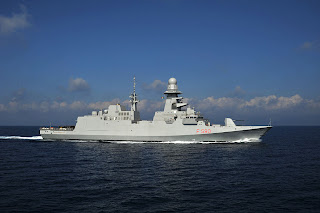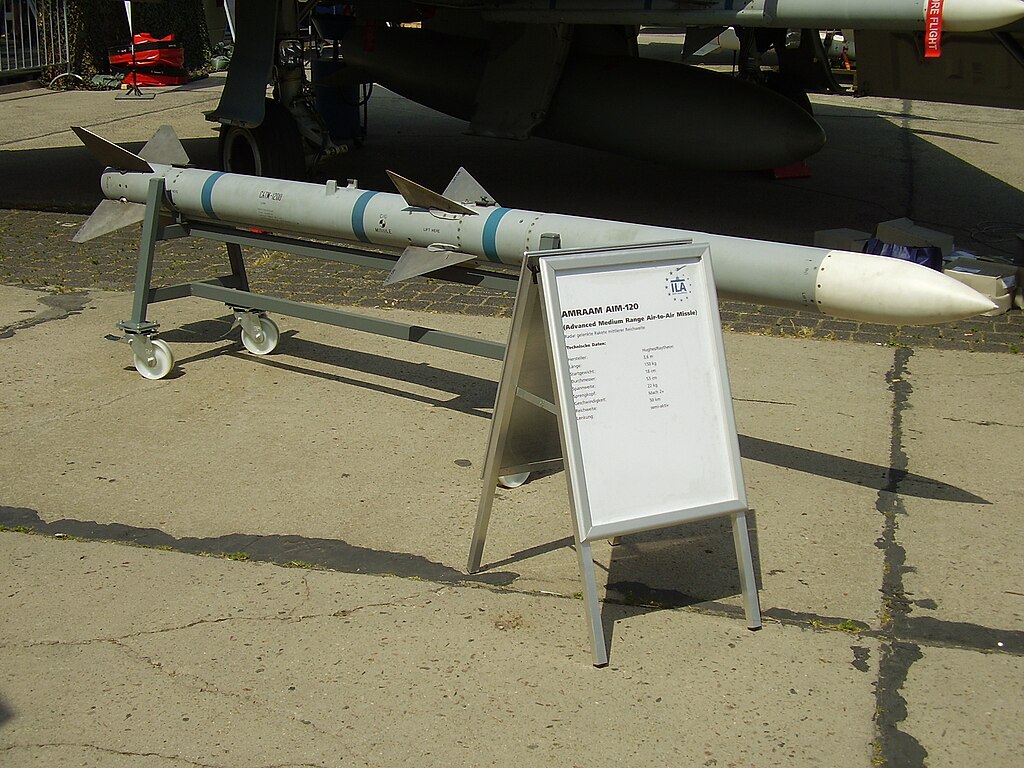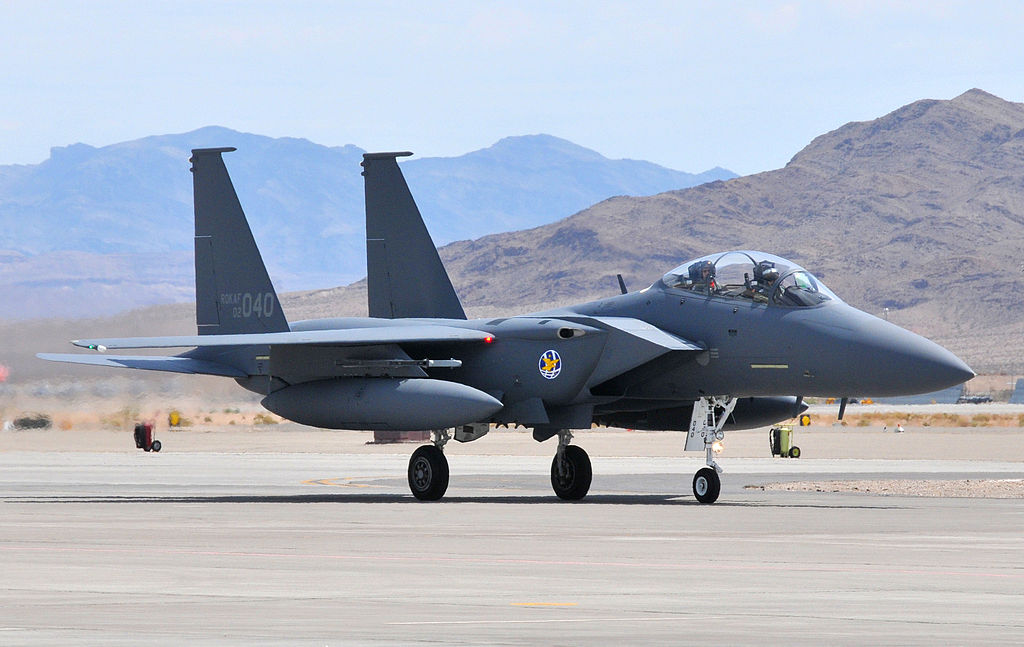Despite the current economic difficulties in France, French defense spending will be kept relatively stable over the next six years. However, there will be some cuts needed in order to balance the budget.
The total defense budget during this period will be €179.2 billion or $233.4 billion. From 2014 to 2025 spending is seen at €364 billion or $476 billion. In 2014, spending will be €31.4 billion or $41.1 billion.
The number of personnel will also be reduced by the Defense Ministry. This is in addition to the 54000 job cuts announced by former President Nicolas Sarkozy in 2008. The number of cuts may vary between 20000 to 34000. Exact details are still to be negotiated.
Some other highlights from this report are:
- Increased cooperation between France and other European countries in matters relating to defense.
- Joint development of a new anti-ship missile known as the Future Anti-Surface Guided Weapon in the United Kingdom and Anti-Navire Léger in France.
- Maintain the single aircraft carrier France currently has, but building of a second aircraft carrier in addition to the Charles de Gaulle is postponed indefinitely.
- Maintain the number of nuclear ballistic missiles submarines at four and the number of nuclear attack submarines at six.
- Possible reduction in the number of Rafale fighter aircraft to be acquired for the Navy and Air Force to a total of 225.
- Replacement of Boeing refuelling aircraft currently in service with 12 new Airbus A330 MRTT multi-role refuelling / transport aircraft instead of the previously planned 14.
- Acquisition of 50 new Airbus A400M turboprop transport aircraft.
- Reduction in the number of rapid deployment forces from 30000 to between 15000 and 20000.
- Increase availability of resources for special forces.
http://www.elysee.fr/assets/pdf/Livre-blanc-sur-la-Defense-et-la-Securite-nationale.pdf















.JPG)

_aboard_USS_Abraham_Lincoln_(CVN_72).jpg)












